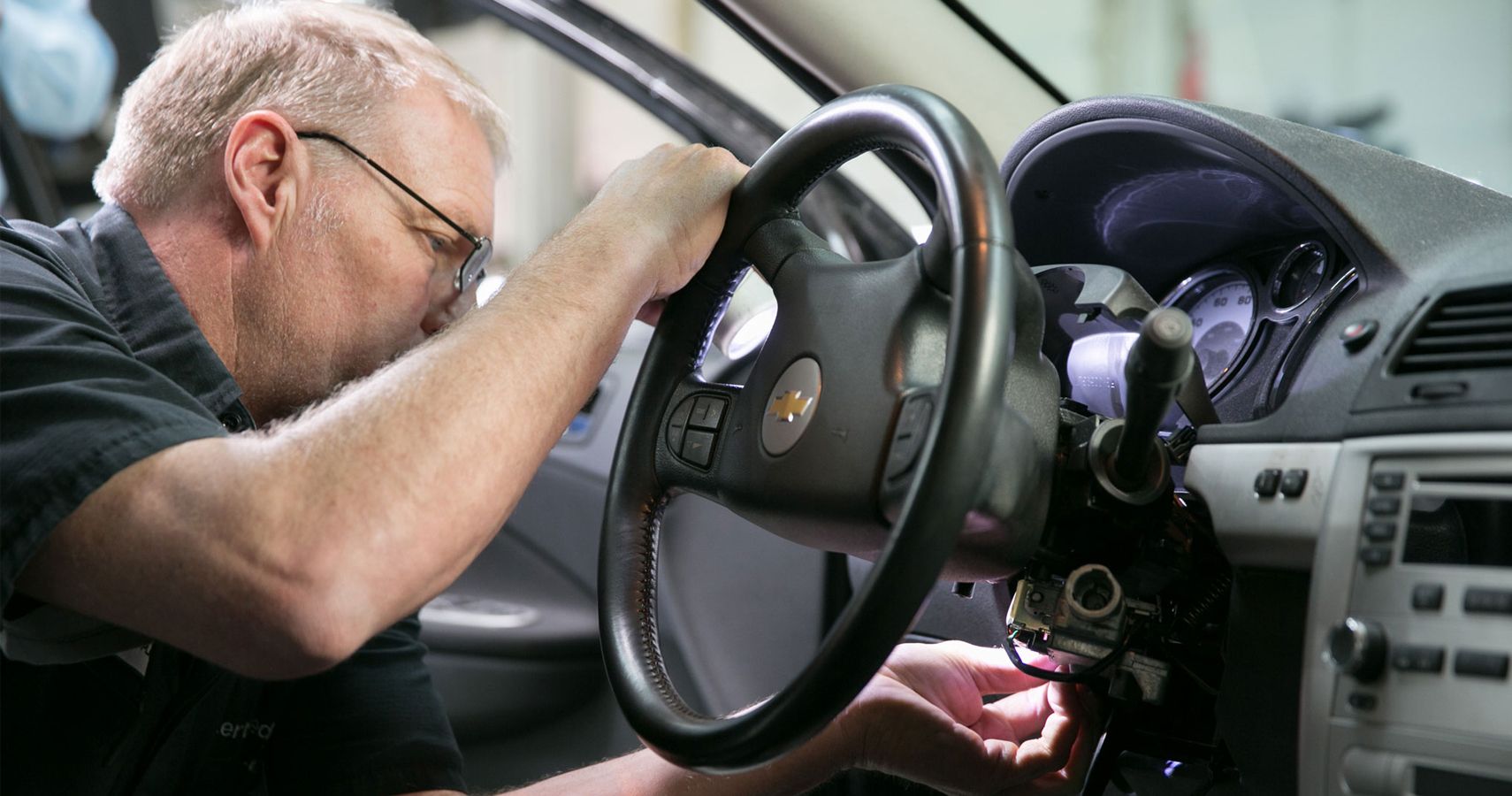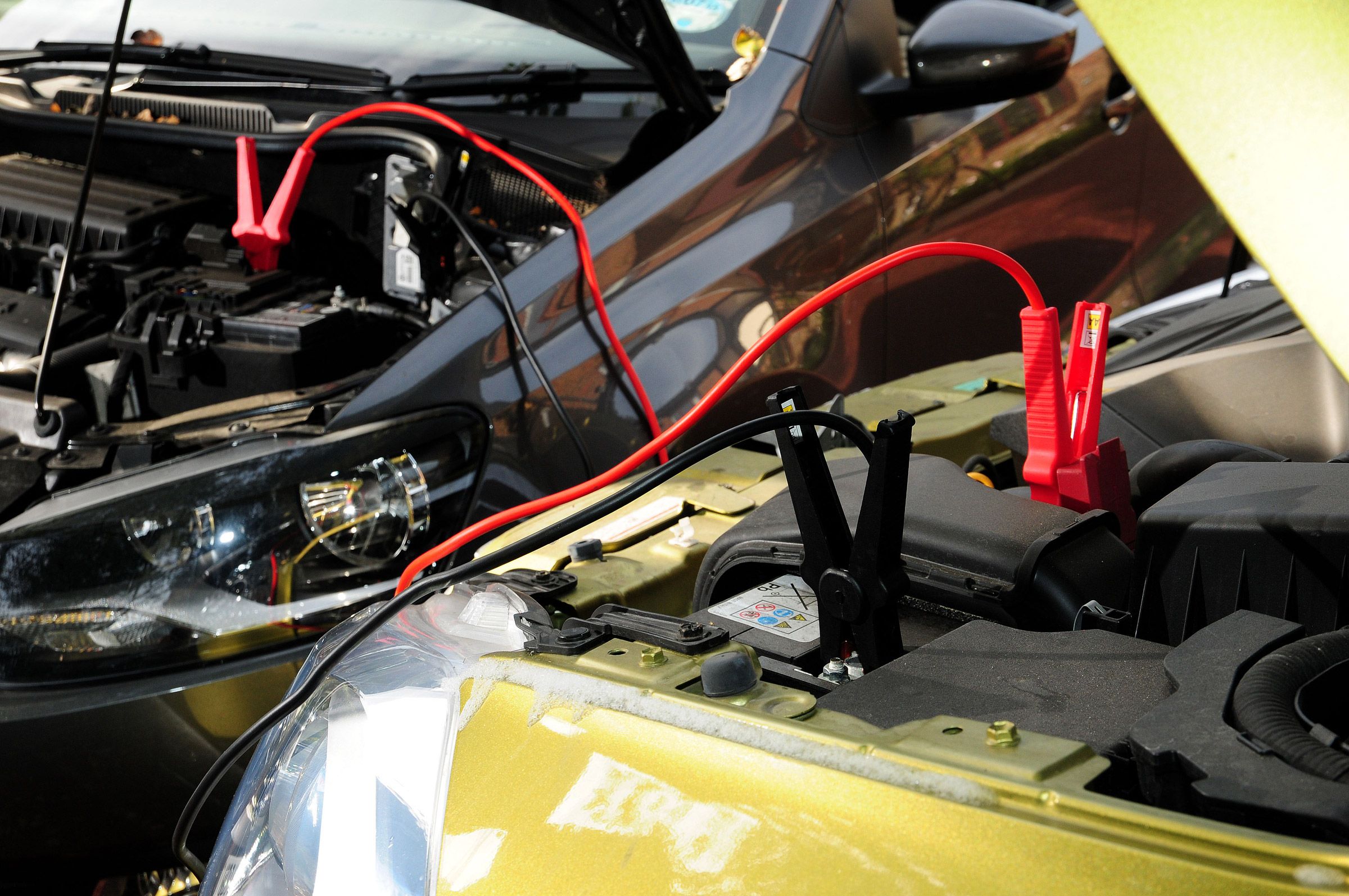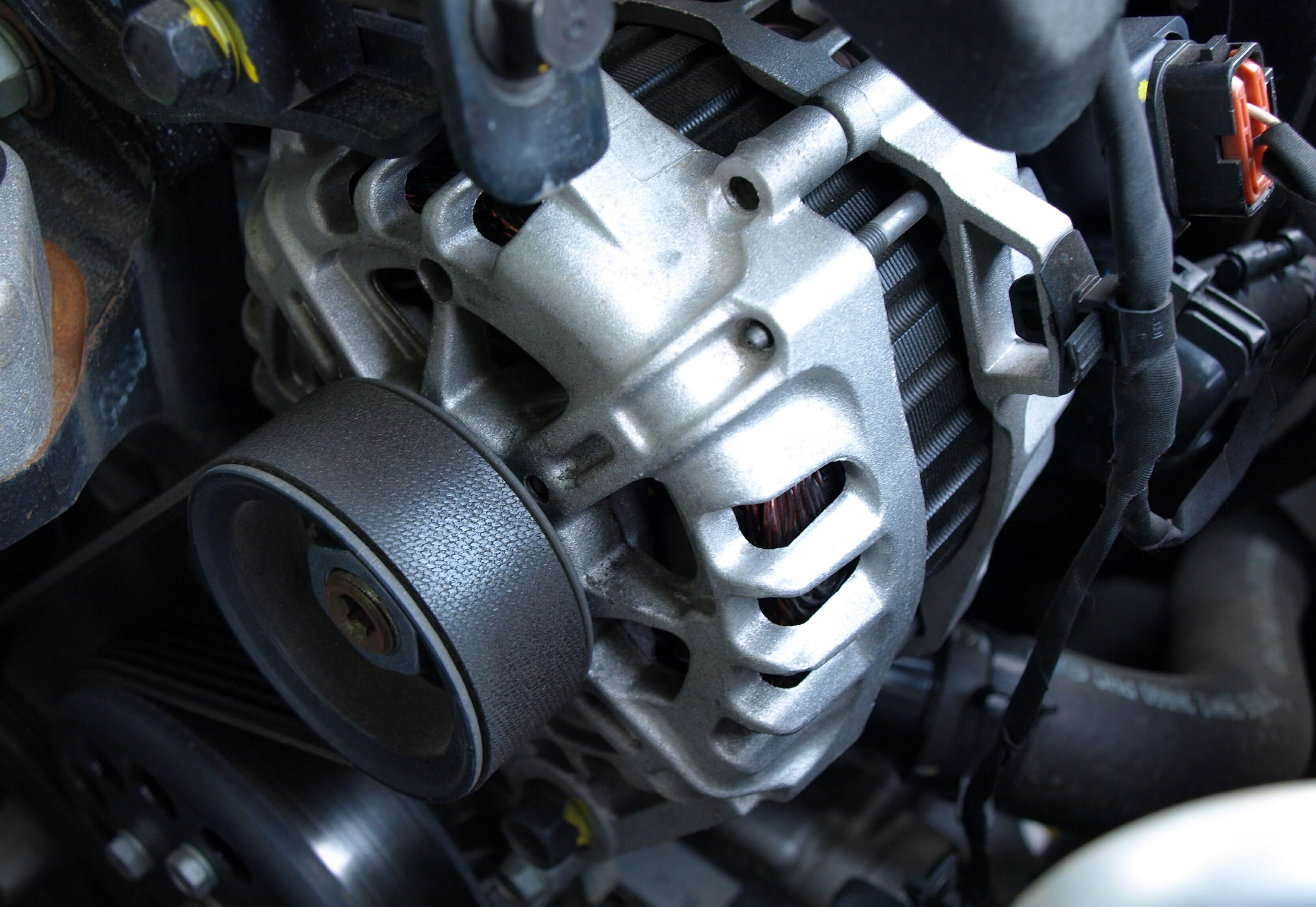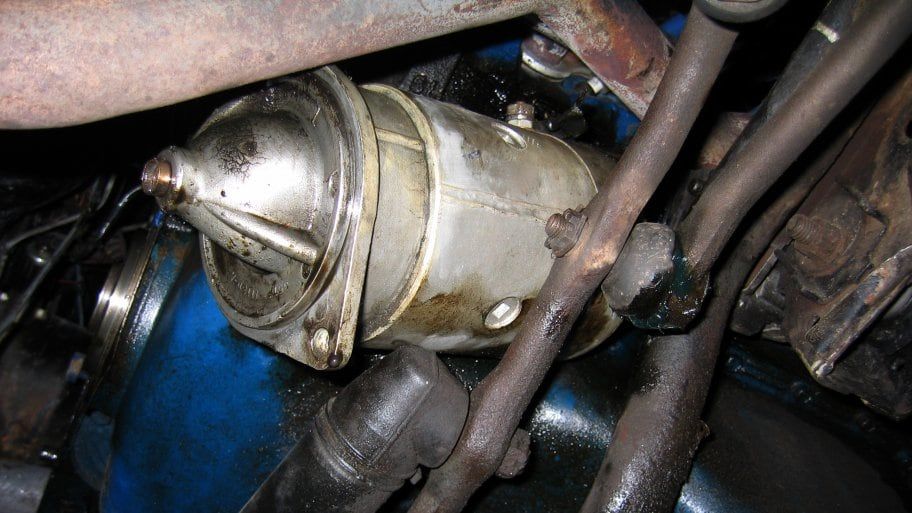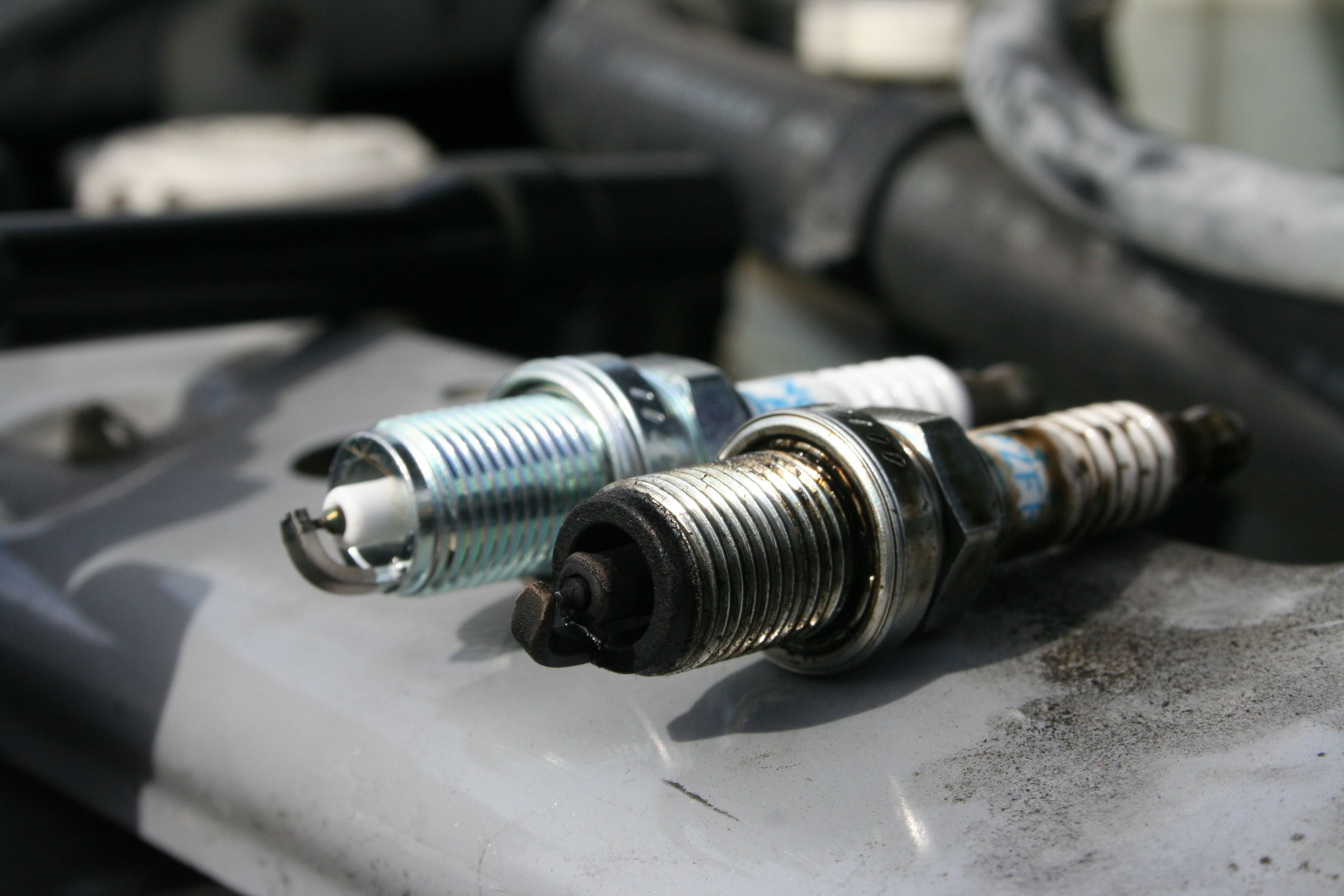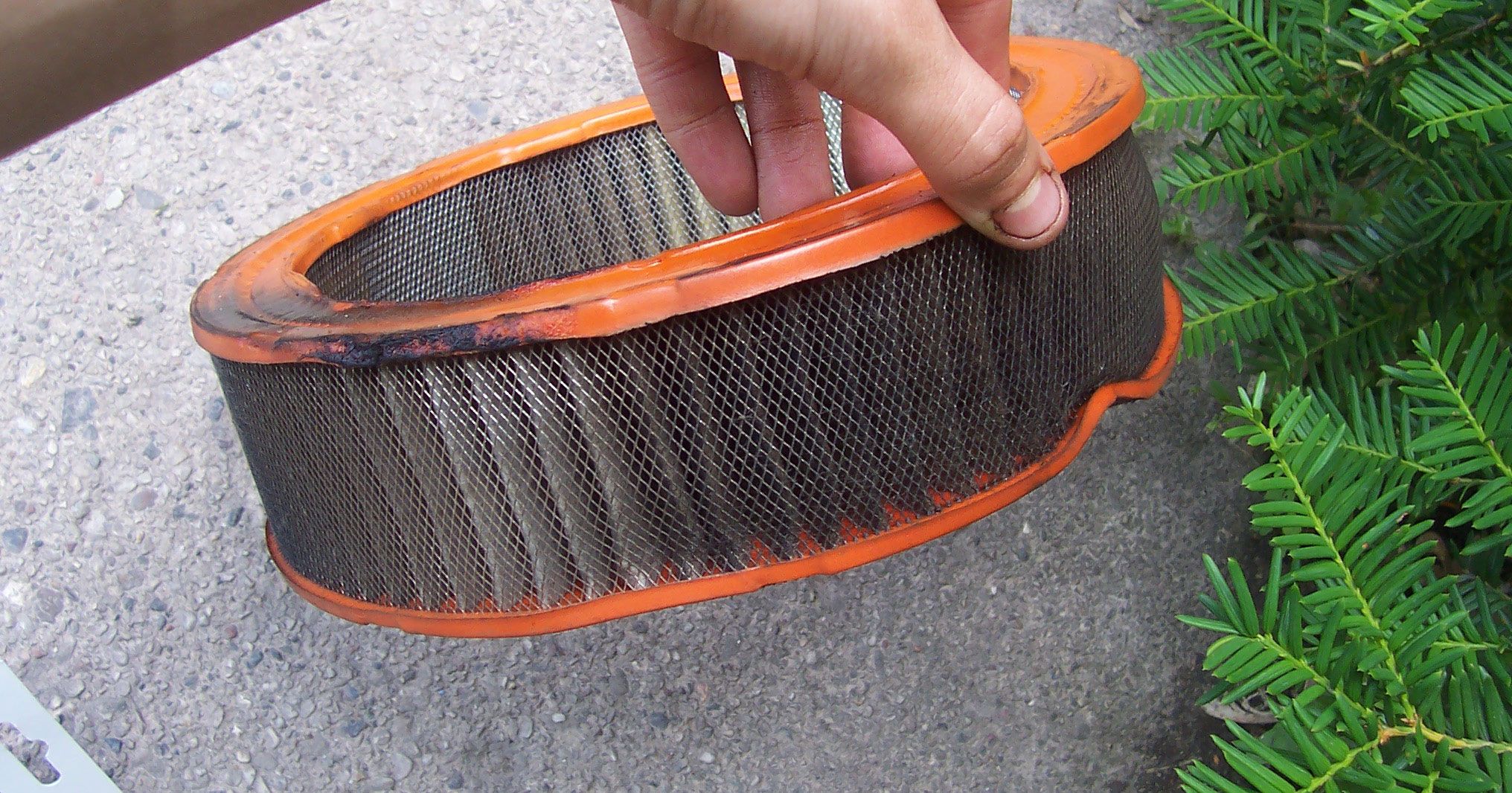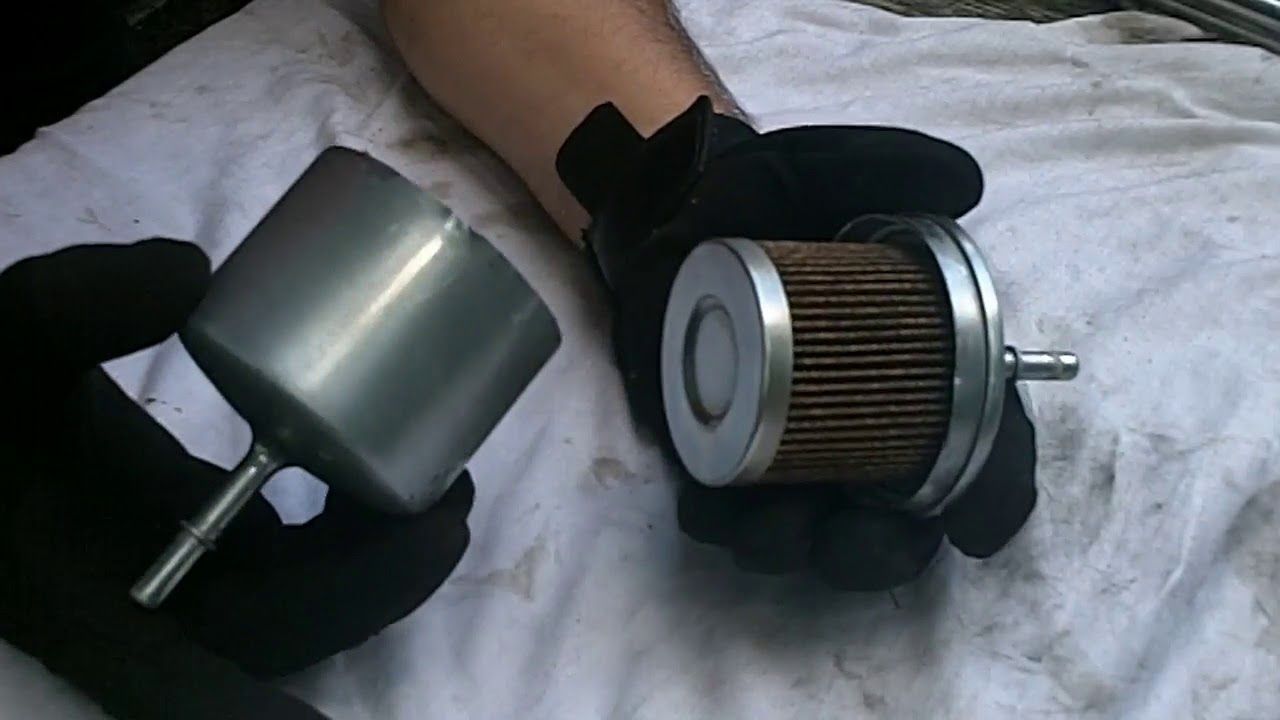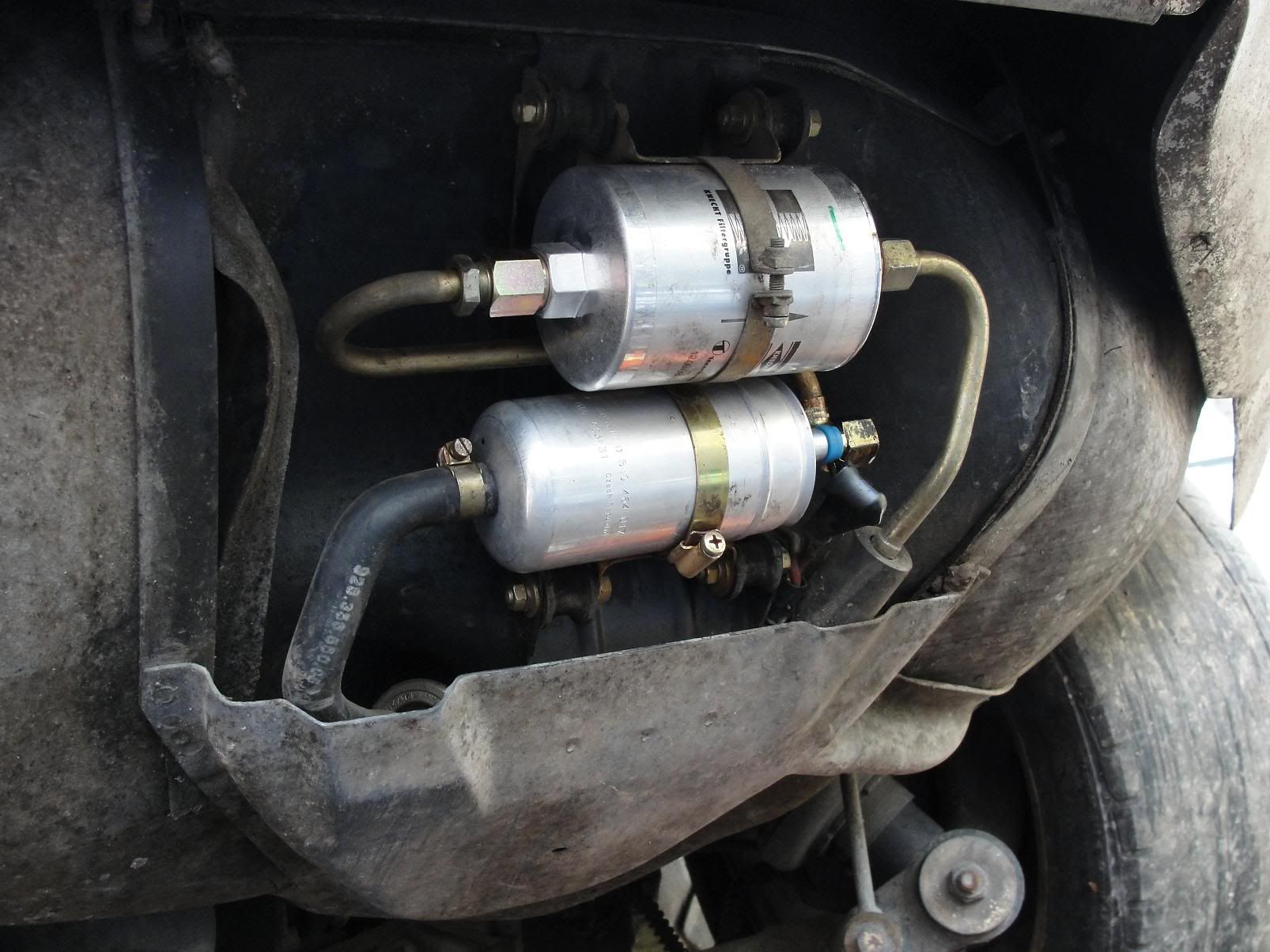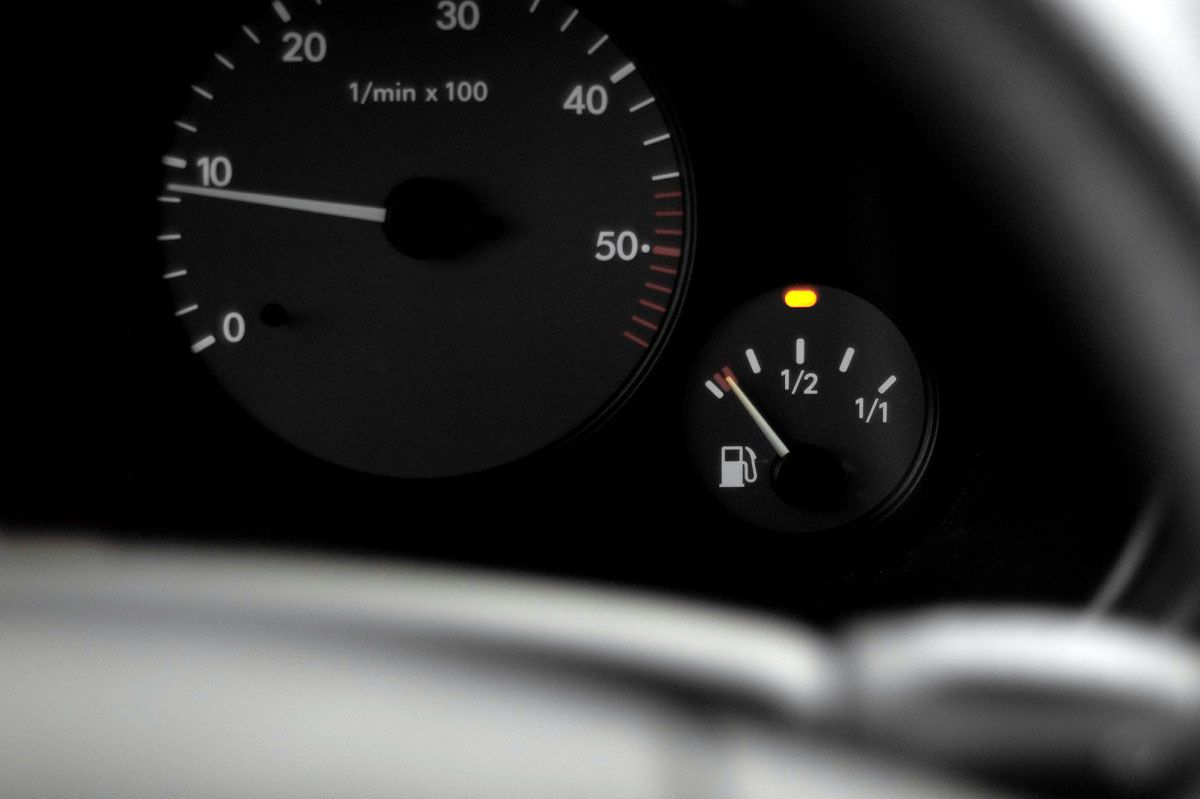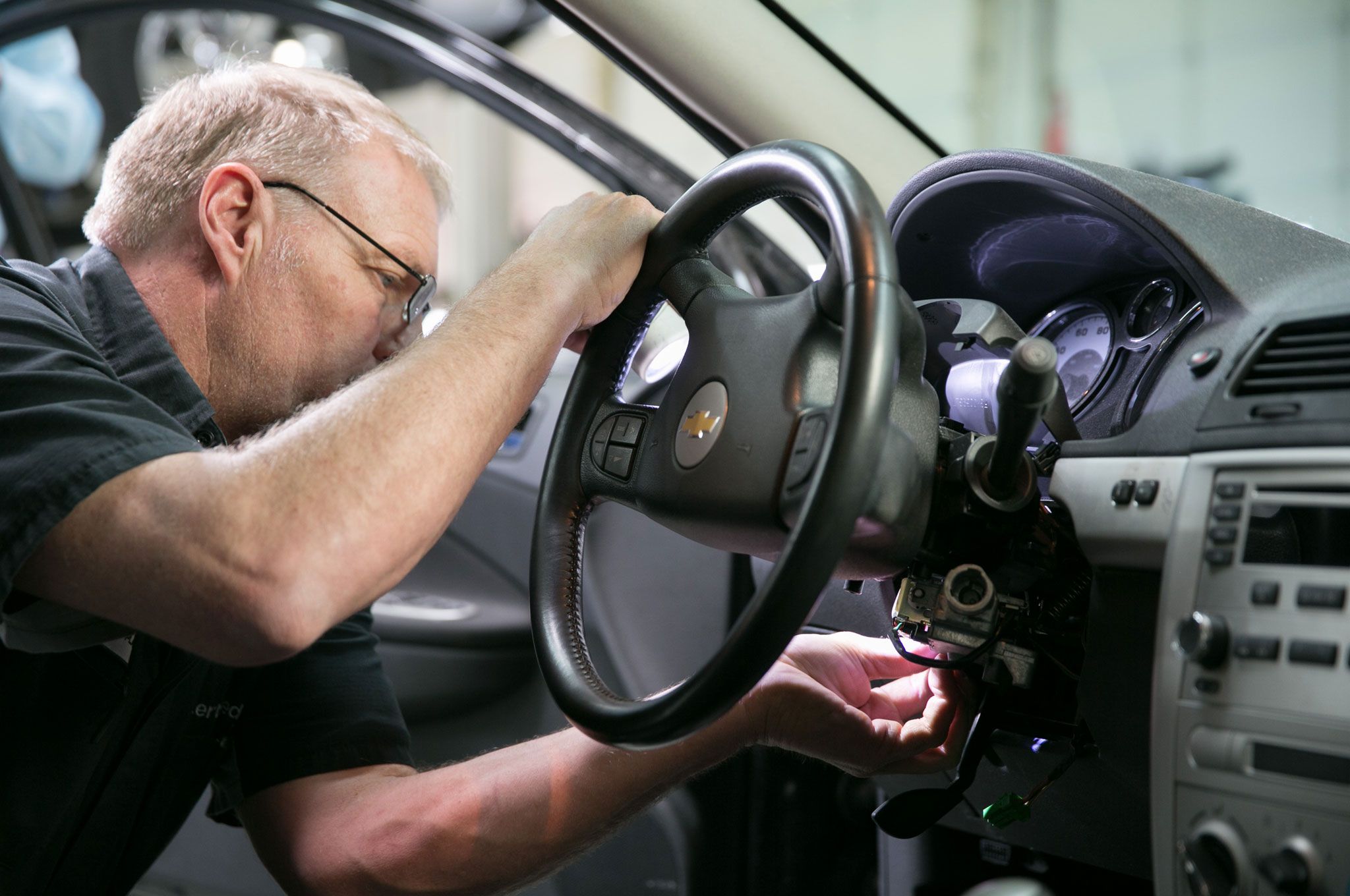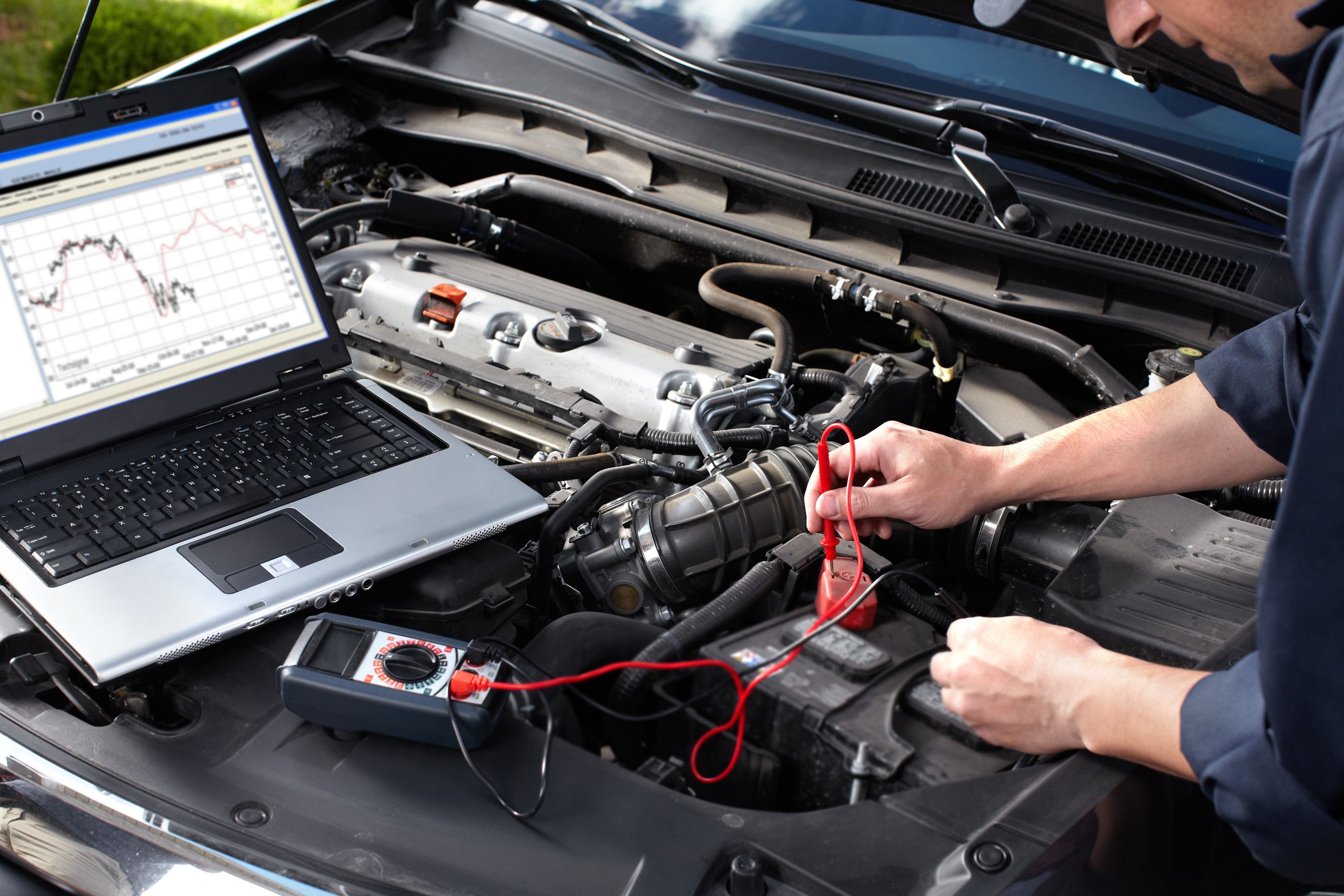Modern car owners are somewhat spoiled in today's world. Technology has removed the need for points adjustments, daily manual oil checks and a load more of time spent maintaining your daily driver. While there are a number of things that technology has improved, there are still a few things that are worth checking on if your car fails to start.
Related: 10 Things Drivers Should Always Do Before Starting Their Car
If you take away all of the computer controls modern cars have, you are still left with an internal combustion engine that is very similar to the cars your parents and grandparents owned. Those machines, for the most part, needed, (and still need) fuel, air, and a spark to keep them running. These are the most common thing to be considered if your car does not start.
10. Dead Battery
A dead battery is a very common reason your car will not start. If the battery is weak, but not totally dead, the starter may turn slowly. Corrosion on the cables can also restrict the flow of power, but batteries do die for a number of reasons; you left the dome light on overnight, a wire is loose, water inside the component evaporated leading to poor conductivity, or it’s simply a really old battery. You can test to see if the battery is the problem by jump-starting your car. If the jump-start works, you’re most likely dealing with a dying battery. Consider replacing the battery, or cleaning the connections.
Related: EV Batteries Could Be Even More Efficient Thanks To Fluoride Discovery
9. Alternator
If the alternator is not up to par, your battery may not get charged. If the alternator seems to be the culprit you can first check for a worn or slipping accessory drive belt first. If the alternator fails or the belt breaks, you will more than likely get a warning light. If the charging system output is only poor, you may not get a warning light. An easy way to check (if your car has a gauge in the instrument panel) is to make sure it shows around 14 volts. Cars have moved away from alternator gauges in modern times so you may have to have a technician check it out. You could also watch for warning signs; slow cranking starter, and dimming headlights could be a sign your battery is not getting charged.
8. Starter
In the early days of automobiles, the starter was the car's owner. With a crank, you would walk around to the front of the vehicle (first making sure the gearbox was not engaged) then you would insert the crank into the “crank” shaft turning the engine over manually to start it. With technology came the electric starter and although the mechanisms have gotten more reliable over the years, starters still fail in this day in age. Usually marked by a clicking noise a broken starter will leave your car inoperable. Other problems with the starter can be the loss of teeth on the starter's drive gear or the engine's flywheel.
7. Spark plugs
Secondary ignition system problems are rare nowadays. They can, however, be the cause of your vehicle's inability start. Thirty years ago a large portion of automobiles would not make it to the 100,000-mile mark with regular maintenance. Today, most automobile owners forget about the spark plugs when their replacement schedule can be as long as 100,000 miles. Rarely holding on to a vehicle for the extent of its life or even the 100,000 mile mark, most car owners forget the scheduled replacement of the long lasting parts like spark plugs, adding to common start problems.
6. Air Filter
Like all things with life, air is very important, your car has to 'breathe'. Road dust, grease, and all sorts of muck are trapped by your air filter to allow your car to breath clean filtered air. Miles and years of accumulated debris build up can reduce the flow of air into your cars intake. Without air, the gas cannot ignite, and without ignition, there is no “combustion” to complete the recipe for a proper internal combustion operation. A quick and easy replacement, your cars air cleaner can be found at most automotive supply shops.
5. Fuel Filter
Like all life needs air, all life also needs fuel to move. Your car needs fuel to keep moving, and clean fuel at that. From the petrol transports to the tank of your car, all sorts of muck get sucked up towards the engine. To prevent that fuel from clogging your carb or making it into your combustion chambers there is a fuel filter to block unwanted items. Those foreign objects build up and can restrict or block the flow of fuel to your engine. To prevent this, fuel filters should be changed every 20,000 to 40,000 miles (sooner if you drive on gravel or dirt). To be on the safe side, you might consider swapping filters next time you bring your car into the shop.
Related: 20 Cars That Used Weird Fuel Way Before "Going Green" Was Cool
4. Fuel Pump
Even if there is a clear path for the fuel to get from the tank to the combustion chamber, a weak fuel pump or failed fuel pump will dramatically change how your automobile runs…if it runs at all. In early model automobiles, like Ford’s model T, the fuel was fed by gravity with the tank being above the carburetor. In those days a failed fuel pump was not a concern, although with an inability to climb steep hills the introduction of the fuel pump really improved a cars ability and performance. A close listen and you should be able to hear the in-tank pump running for a few seconds when you first turn the key to the "on" position. If you do not hear it don’t fret, maybe you are just not listening for the right thing, but if your fuel pump is not working your car has nothing to run on.
3. Empty Fuel Tank
Is your car out of gas? It could be. Sometimes the most obvious answer is the right one. Technology has spoiled us all. With constant updates on modern dashboards constantly informing that you have “x” miles left until empty, we all push the limits to delay the inevitable fill up at the petrol station. If you were running on fumes and forgot to refuel, or have changed the operating speed that your mileage was posted at (the program works on an average of your fuel consumption at the time of the reading), your car might not have enough gas left in the tank to start. Yeah, it sounds dumb, but it happens. Check that needle.
2. Steering Wheel Lock
Occasionally, the key will not turn in the ignition switch leaving you unable to start the car. The steering wheel locks when the key is removed as an anti-theft feature. When you park your car if the wheel is in the right area of the lock the steering wheel will hang in the lock position. Try nudging the steering wheel left or right as you turn the key and the anti-theft lock feature should release giving you the ability to turn the key, crank the starter and start the car.
1. Security System Or Other Electronics
Remote keyless entry and remote starting devices have been known to cause havoc. Proximity keys have a way of going missing, such as leaving them in another jacket or purse, which may turn your morning into something like a scavenger hunt. Beyond the modern key fob, cars electronics have introduced us to luxuries beyond belief. The same electronic technologies can wreak havoc on your car's ability to start - even if there is the slightest tic in the system. These problems usually have to be hooked to a computer and diagnosed by a professional.
Next: 25 Useful Car Gadgets Small Enough To Fit In The Glove Box

